Longfellow House
One of America's most historic homes also holds a startling literary legacy.
“All are architects of fate, working in these walls of Time; some with massive deeds and great, some with ornaments of rhyme.”
These words, penned by Henry Wadsorth Longfellow, aptly describe the history of the palatial Longfellow House. The home was originally constructed in 1759 by John Vassall, a wealthy merchant and ardent British loyalist, who fled to England with his family in 1774 on the eve of revolution. In July 1775, George Washington chose the large and strategically located home to serve as his official wartime headquarters, the irony assuredly lost on the exiled Vassall family.
Andrew Craigie, the nation’s first Apothecary General, then purchased the home with his wife Elizabeth in 1791. Renovations and lavish spending soon bankrupted the Craigie’s, and they were forced to take on boarders, one of whom was young Harvard professor and poet Henry Wadsworth Longfellow, who marveled to friends and colleagues that he was living in rooms “that were once George Washington’s chambers.”
In July 1843, Longfellow married Fanny Appleton, whose wealthy father, Nathan Appleton, gave the house to the couple as a wedding gift. For many years, the home served as a gathering place for a veritable who’s who of authors, artists, and thinkers. Nathaniel Hawthorne and Ralph Waldo Emerson all spent time at the Longfellow House, as did Charles Dickens while on his first trip to the United States. Charles Sumner was a frequent guest, and helped spur Longfellow’s anti-slavery beliefs. One of the last visitors was Oscar Wilde, who described Longfellow as “himself a beautiful poem.”
The house was eventually donated to the National Park Service in 1972, and is now a wonderfully maintained historic landmark. While the Longfellow House has long been an extraordinary piece of American history, it is also a beautiful example of New England architecture, complete with a beautiful garden in the back which displays a wide variety of New England flora. As Longfellow once wrote, “All houses wherein men have lived and died are haunted houses…” If this is true, then the spirits in this home are spirits that have shaped and molded American history.

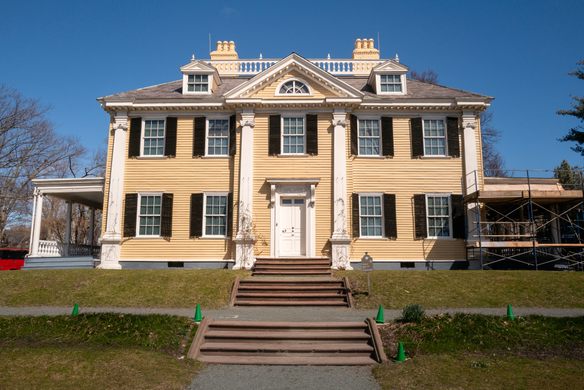
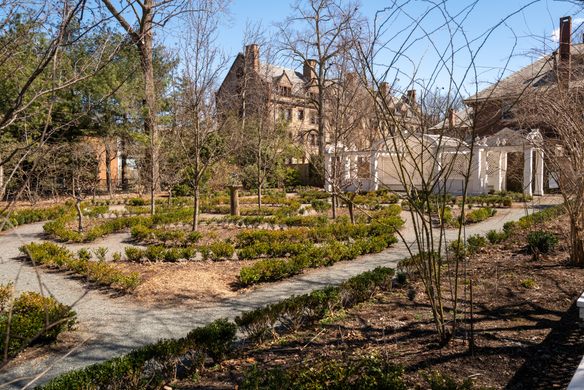

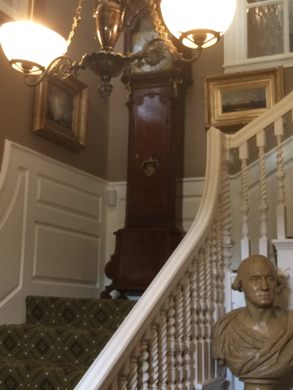

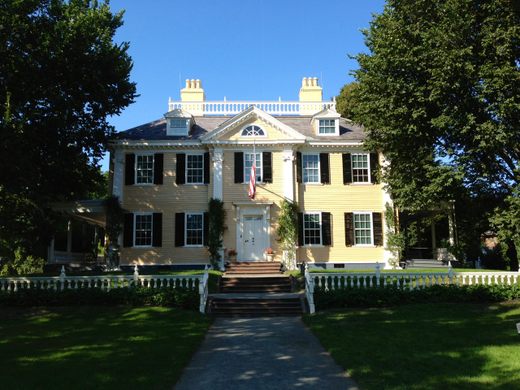



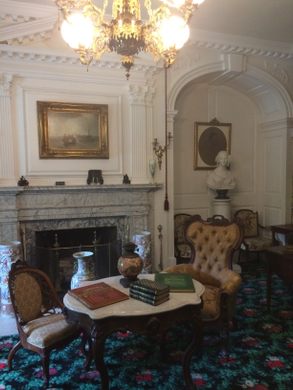
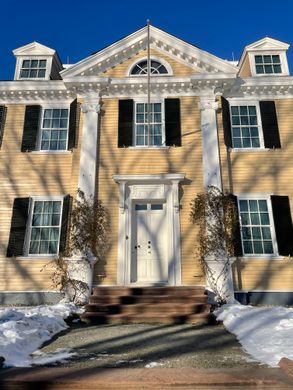

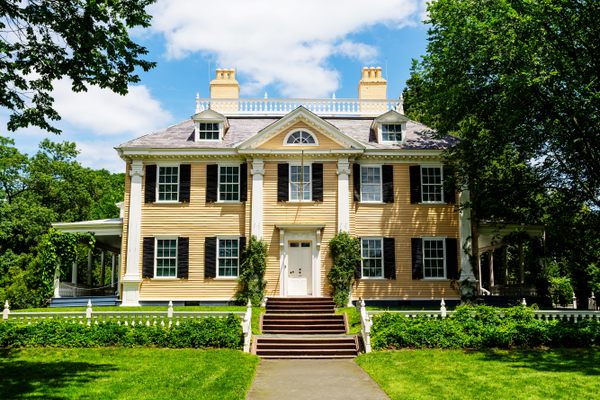




















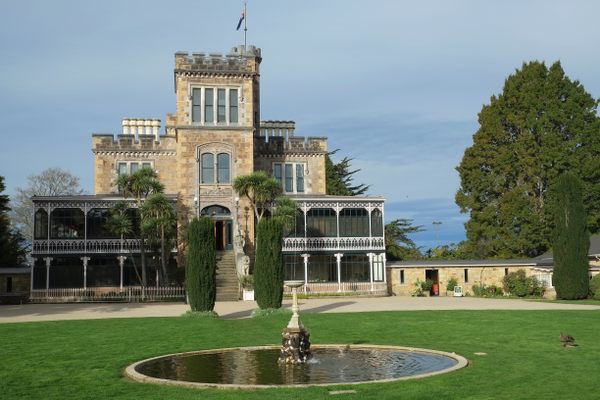
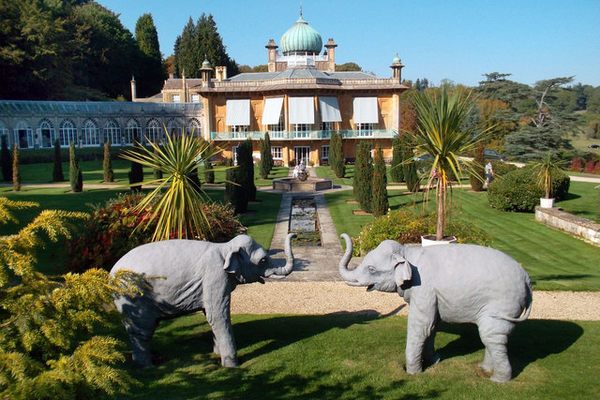

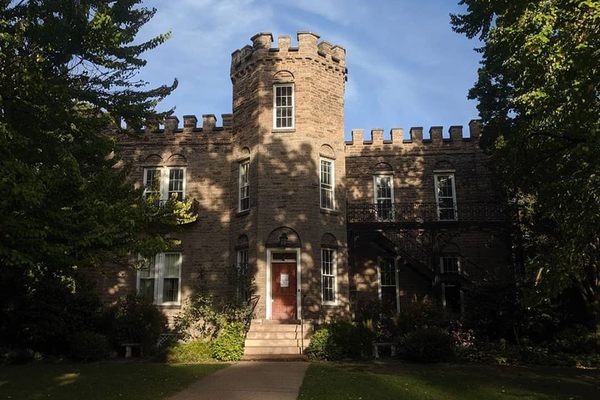

Follow us on Twitter to get the latest on the world's hidden wonders.
Like us on Facebook to get the latest on the world's hidden wonders.
Follow us on Twitter Like us on Facebook